Hyde’s Telescopes
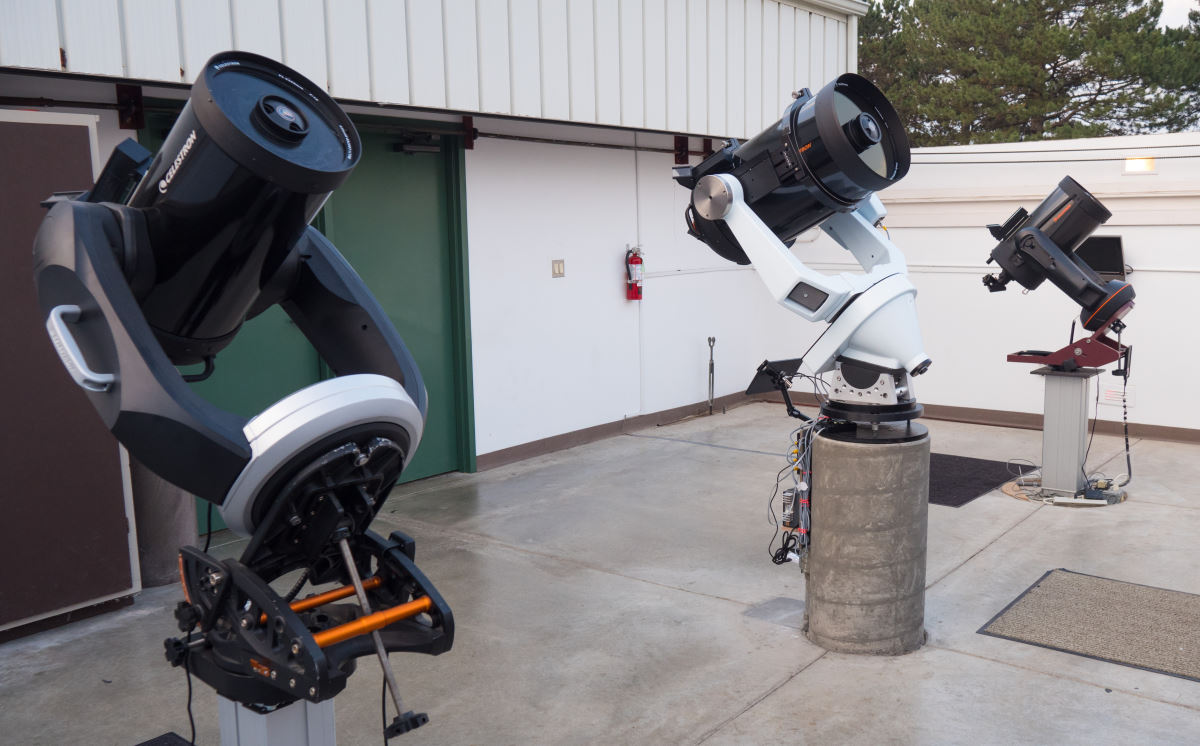
The telescopes at Hyde Observatory are housed on a large observing deck with a motor-driven roll-off roof that protects the instruments when they are not in use and allows indoor equipment maintenance free from weather concerns. There are three main telescopes in use at the observatory.
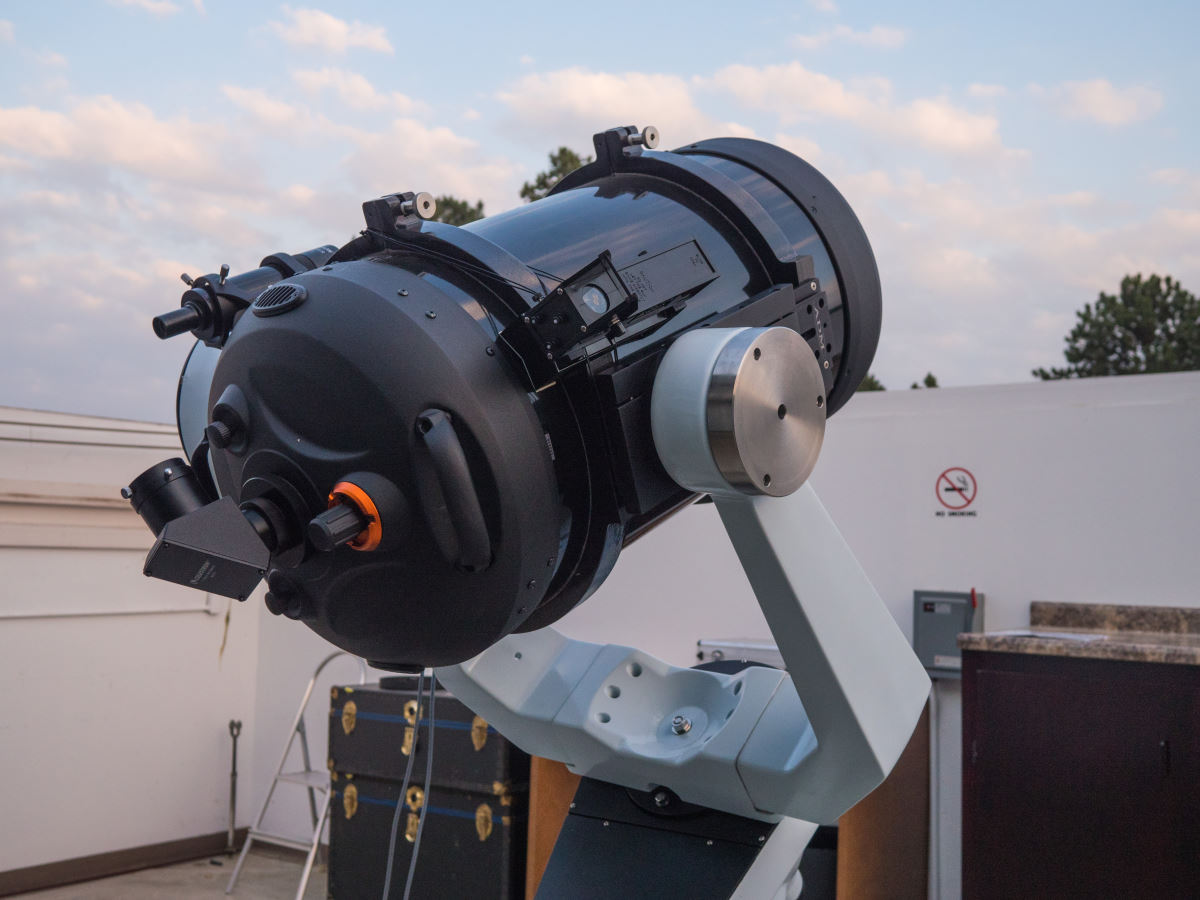
Our largest telescope is the C14, a 14 inch aperture f/11 Schmidt-Cassegrain telescope produced by Celestron. The telescope was purchased in 2017. It is mounted on a Mathis Instruments MI-500 fork mount.
The instrument is ideal for high-power views of the moon and planets, as well as for viewing double stars and many faint deep-sky objects like star clusters, planetary nebulae, and even a few galaxies.
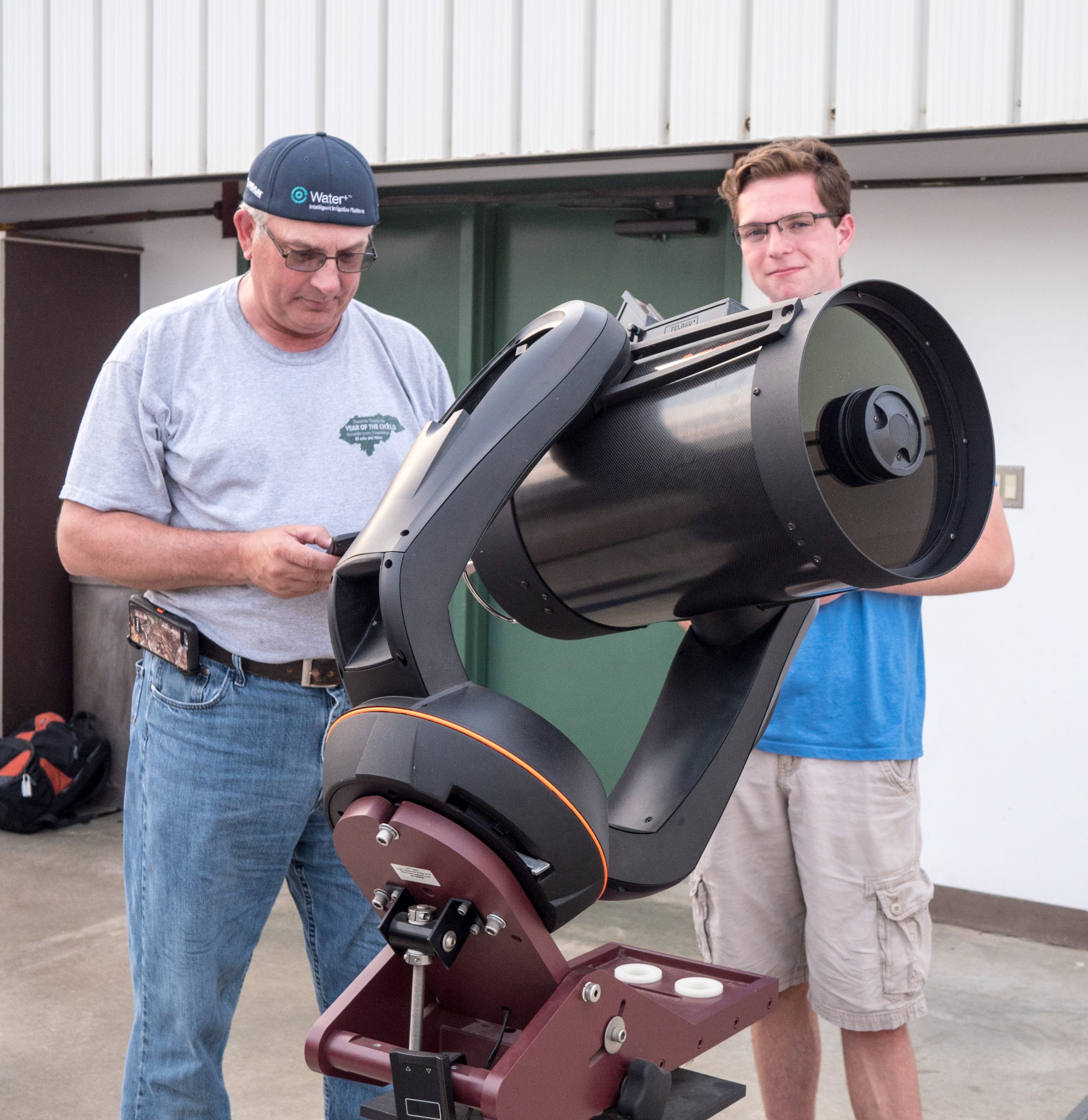
Our second-largest instrument is the 11 inch aperture f/10 NexStar GPS-XLT Schmidt-Cassegrain telescope made by Celestron. It is a “Go-to” instrument which, with only a few button pushes, will automatically slew to and track a large number of objects from its internal database. Its fine optics and ability to quickly locate and show faint or difficult objects in the light pollution of Lincoln make it a favorite with both the public and with our telescope operators. The telescope can also be remotely controlled via a computer, and is also used for live TV feeds to the main lecture hall as well as to a monitor on the observing deck. The instrument is also fixed to a Pier-Tech variable height pier which allows people of nearly all heights to view through the telescope comfortably.
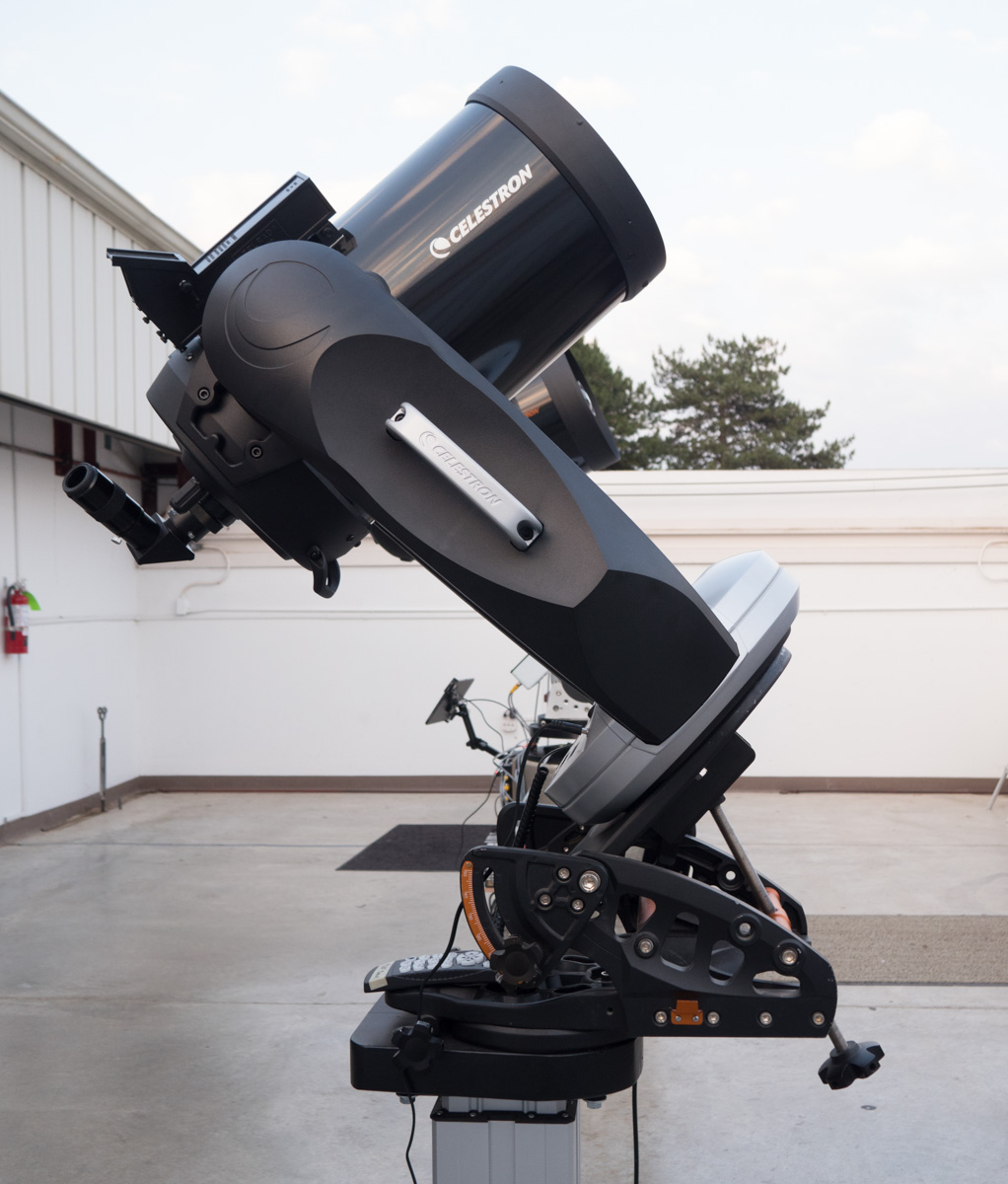
Our 9.25 inch aperture f/10 Schmidt-Cassegrain telescope is also made by Celestron. It is a “Go-to” instrument which, with only a few button pushes, will automatically slew to and track a large number of objects from its internal database. Like the 11″ the instrument is also fixed to a Pier-Tech variable height pier which allows people of nearly all heights to view through the telescope comfortably.
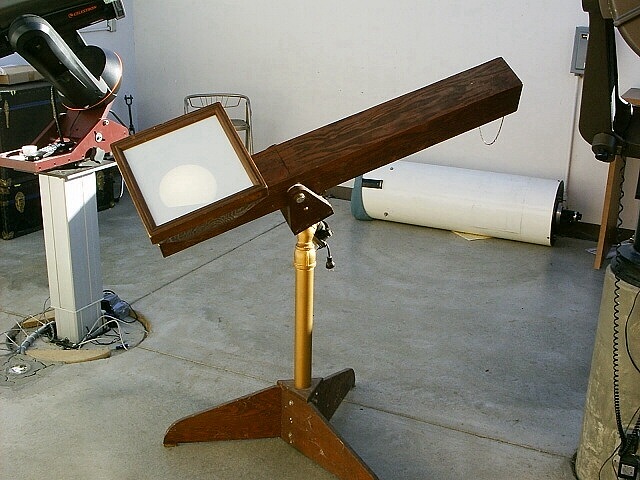
Hyde’s Solar Telescope is a safe and unique three inch rear-projection refractor solar telescope designed and built by members of the Prairie Astronomy Club and funded via a donation from the Junior League of Lincoln. The fully-enclosed optical system and Lexan-protected rear projection screen allow several people to view the surface of the sun at the same time, both safely and effectively. The solar telescope is used mainly for daytime school groups or for major events like solar eclipses and transits. It has been used off of the observatory grounds for special events, but usually remains on the observing deck most of the time.
